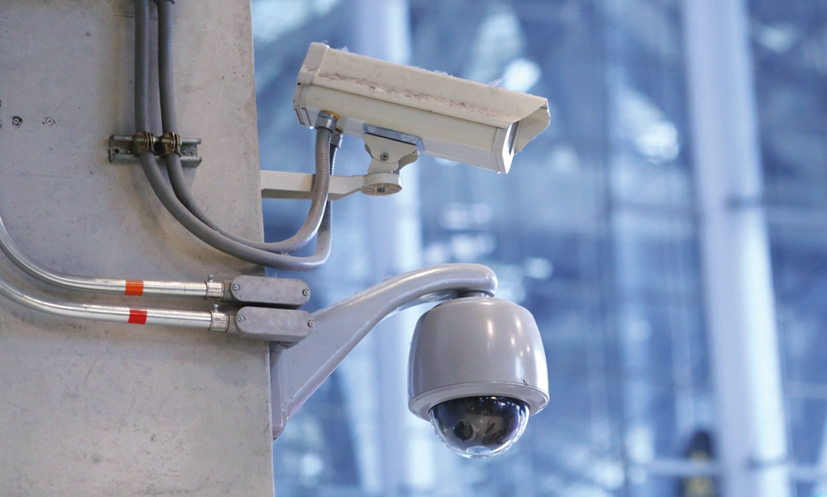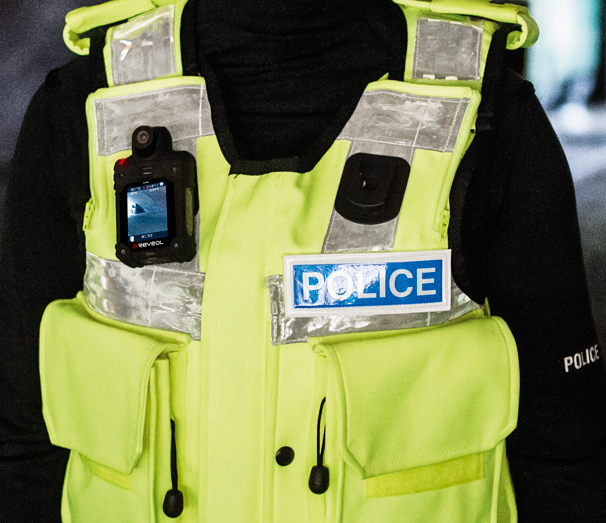No reason to be overwhelmed by digital evidence
Could anyone who served in the police service ten years ago have imagined a time when digital evidence would be overwhelming? Probably not, says Jamie Wilson, who is responsible for public safety marketing for NICE Systems throughout EMEA, but he believes this is the situation many forces find themselves in today.
Could anyone who served in the police service ten years ago have imagined a time when digital evidence would be overwhelming? Probably not, says Jamie Wilson, who is responsible for public safety marketing for NICE Systems throughout EMEA, but he believes this is the situation many forces find themselves in today.
In November, Her Majestys Inspectorate of Constabulary (HMIC) had suggested some forces in England and Wales are at risk of being overwhelmed by the volume of digital evidence being collected, he explained. Perhaps unsurprisingly, stories in the national media focused on the negatives. The Guardian, for example, reported that police failings were subjecting crime victims to unacceptable delays of up to eight months to secure the crucial digital evidence needed to prosecute a wave of modern-day offenders.
Mr Wilson says while this may be true, he prefers to focus on the positives.
We live and work in a sharing economy where people are eager to post information and share information with the police, information that can be vital to solving crimes, he said in his recent public safety blog. True, there has never been a greater abundance of evidence, for example, videos and photos taken by witnesses on their smartphones, posts on social media, CCTV video, body-worn video, and so on. And this has the potential to overwhelm police forces but only if they let it. Police forces can continue to rely on current manual methods, or they can look for better ways to collate, analyse and share growing volumes of digital evidence.
The collation, analysing and sharing of evidence is a hugely time-intensive process, said Mr Wilson, that can result in slow investigative response times one of the issues raised by HMIC, pointing to the impact delays can have on achieving successful outcomes.
The problem for most forces is embracing the sheer volume of information and separating the wheat from the chaff, he added.
For example, think of the time and resource savings that could be achieved by knowing which local authority or private (shop-owned) CCTV cameras might be pertinent to your investigation (without having to go to the scene of a crime), then being able to electronically request that video and having it delivered right to your investigators desktop, said Mr Wilson.
Now imagine that the video could automatically be converted to a playable format. In addition to eliminating the need to send police couriers to locate and secure video tapes, this would also eliminate time previously wasted on tracking down the necessary codecs to play the video back. And thats just the CCTV video. Imagine the possibilities of having a single secure portal for members of the public to send in relevant mobile phone pics or videos associated with an incident or ongoing investigation.
While some will point to costs and having to reinvent the wheel, Mr Wilson says many forces already have the fundamental technology infrastructure in place.
Whats more, some have begun building upon this foundation, giving them the ability to not only collate, but also to analyse and share growing volumes of digital evidence, he added.
Managing growing digital evidence isnt a technology problem solutions such as NICE Investigate can address this. The bigger challenge is changing mindsets and processes that have been set in stone for many years and granted, this could take time. But with digital evidence growing in leaps and bounds, time may just be the one luxury police forces cannot afford.





